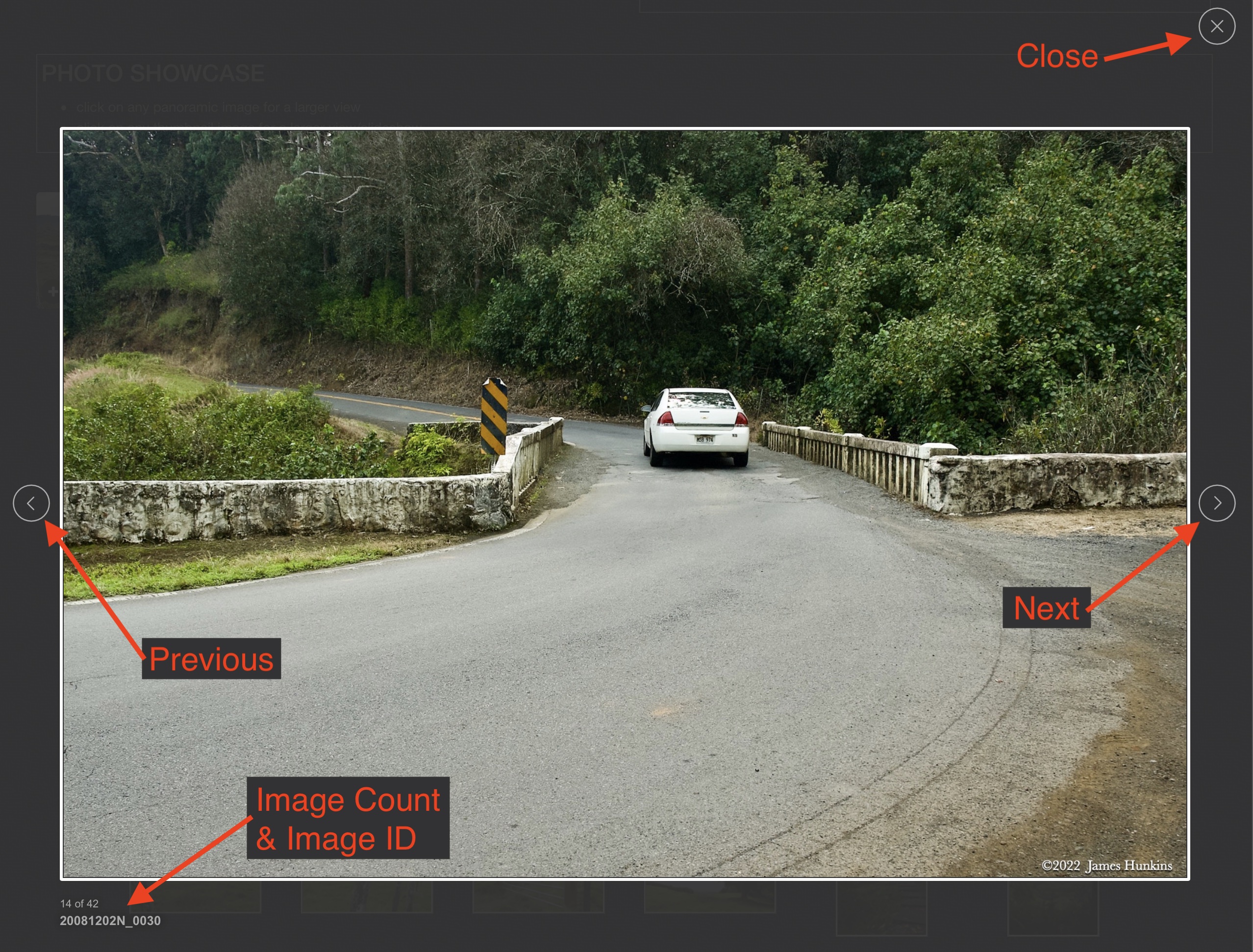Namibia 2021
SKELETON COAST TO SWAKOPMUND
DAY 7b : FRIDAY SEPTEMBER 03, 2021
Continuing the flight, once we reached the South Atlantic Ocean, we headed north along the coast towards our destination for the next two nights: Swakopmund.
This coastline is called the Skeleton Coast and extends north past Swakopmund. The strong currents and wind coming off the ocean drive sand onto the shore and into the dunes. One consequence of this continual blowing sand is that the dunes are migrating out into the ocean. Also, for much of the coast the dunes have a steep slope that is nearly at the edge of the water itself.
In this area and south of were we arrived at the ocean, there are actual diamond mines. In fact, south of the area the coast is called the Forbidden Coast. This is literal as much of it is protected and one must have a permit to visit due to active diamond mining along that coast. The control of this area is by a joint business venture of the Namibian government and the famous diamond company De Beers, called Namdeb. During our flight we saw several abandoned mines.
The first question I had, how could there be diamonds in sand dunes? Actually the diamonds are from inland. They were carried down a river into the ocean. The by the strong currents and winds, the diamonds are carried north along the shore with many of gem stones being washed and even blown ashore. Some of the early mining was simply people crawling along the sand and looking for loose diamonds - very amazing. Today in the active areas they are still found in the sand both in the dunes and also off shore.
The Skeleton Coast was named appropriately due to skeletons of both large sea creatures such as whales and also for all the ship wrecks. The strong currents, winds and fog from the cold waters made this stretch very dangerous for ships.
We saw a couple of the larger wrecks from the air. One appeared to be in land and is slowly being reclaimed by the dunes. Actually the wreck was originally in the ocean but the expanding dunes had taken back that part of the ocean. The other wreck we saw was still in the water but barely. At some time in the future it will also likely appear to be on land away from the water.
As we flew closer to Swakopmund, we started seeing large seal colonies along the coast. And then flocks of colorful flamingos fishing in the shallow waters along the shoreline and inlets.
The next thing we flew over were the salt ponds where the ocean is diked off forming shallow ponds. The water os allowed to evaporate leaving behind layers of salt which is then scraped up and processed. Some of the ponds have different colors which I believe is from the minerals and algae in the water.
Next up was Walfisch Bai (Walvis Bay) which is a very active port supporting fishing boats along with cargo and oil barge maintenance ships.
Just north of the Bay and as we approached Swakopmund, there were several strips of beautiful homes and condos. Very similar to the sea resort areas of the Mediterranean Sea or the California and Florida coasts.
Finally, we landed at the small airport in Swakopmund. Here we had a short adventure when our pre-arranged taxi never arrived. However we found another driver who had just dropped off several people and was willing to drive us to our hotel. It turned out to be pretty lucky for us as the driver was nice and gave us some additional flavor. He was actually in the city trying to make money to send home to his family. Unfortunately with the pandemic there was very little work for him and many others in the area. And then he started talking about the local politics. It was safe to say the he didn’t have much faith in the government due to favoritism and corruption. It was pretty sad to hear.
Swakopmund itself is a ‘major’ city in Namibia with around 45,000 people (2022). It is known as a beach resort and architecturally shows its German heritage. Not to mention most of the street names were German and a primary language in the town is German. It even has a local German newspaper.
Our stay was in the Delight hotel which was very different (but pleasant) from the wildlife oriented lodges we had been staying in up to now.
SHORT VIDEO CLIPS
Flights up the Skeleton Coast (home of shipwrecks and diamond mines) [no audio]
PHOTO SHOWCASE
- click on any thumbnail image for a larger view/slideshow























































